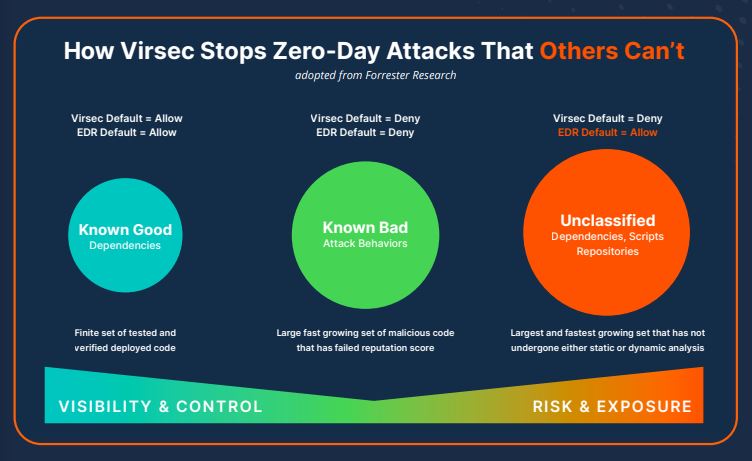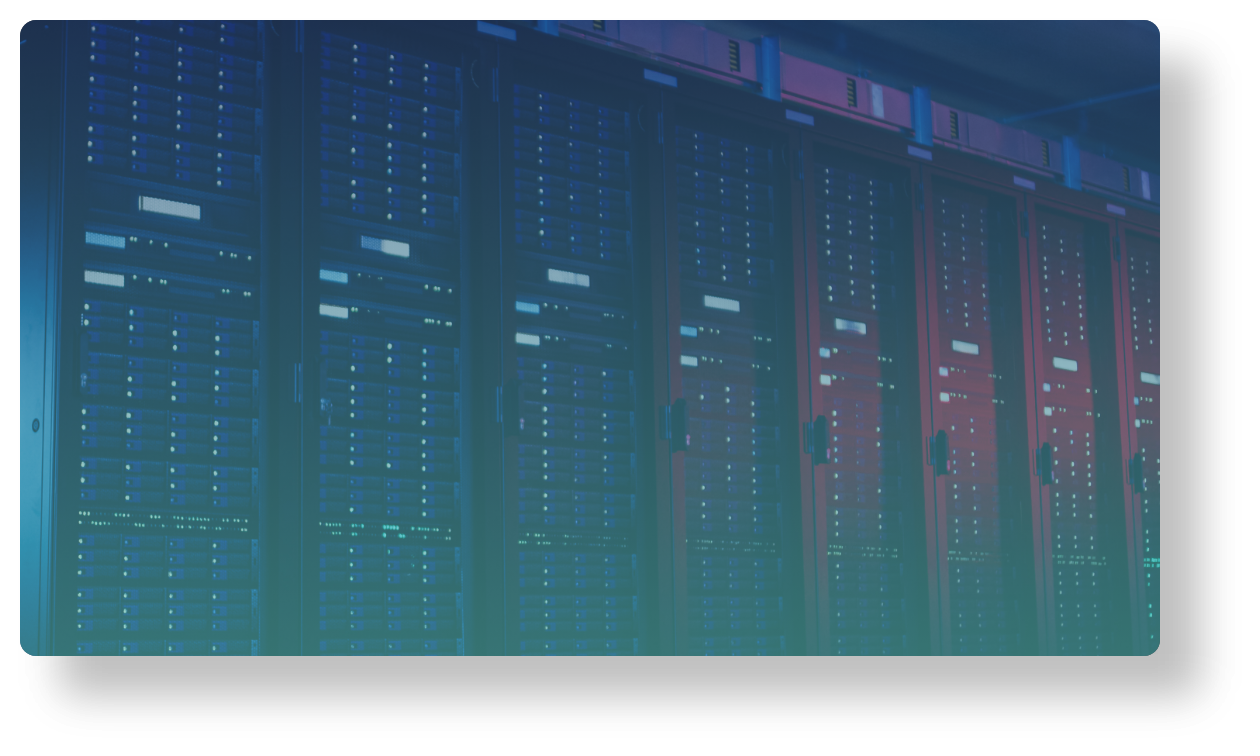
Virsec Security Platform allows you to protect applications running in Windows Server 2003, 2008 R2 SP1, 2012, Red Hat Enterprise Linux or CentOS 6.5, 6.7, 6.10, and SUSE 12 with strict application controls and runtime analysis. It covers vulnerabilities exposed due to the time between patching and will act as a patch-bridge for Windows Server between upgrades. The implementation will continuously protect the entire software stack across all runtime components, including files, executables, processes, and libraries that allow attacks to build in memory as systems execute.
Unpatched vulnerabilities are the most prominent attack vectors exploited by cybercriminal groups. Every time a new security patch is issued by a vendor, IT and Security teams must rush to deploy the patch across several server workloads. As the volume and velocity of patches increase, competing priorities place the IT Operations, SOC, and triage teams in constant high-pressure situations. This rushed, unplanned manual patching is disruptive to the business, error-prone, and overrides the planned release cycles. It also does not allow for proper patch testing and validation

Virsec Security Platform allows you to protect applications running in Windows Server 2003, 2008 R2 SP1, 2012, Red Hat Enterprise Linux or CentOS 6.5, 6.7, 6.10, and SUSE 12 with strict application controls and runtime analysis. It covers vulnerabilities exposed due to the time between patching and will act as a patch-bridge for Windows Server between upgrades. The implementation will continuously protect the entire software stack across all runtime components, including files, executables, processes, and libraries that allow attacks to build in memory as systems execute.

Other solutions that rely on analysis generate so many false positive alerts that it overwhelms teams. With a positive security model and automated allow listing, you can protect legacy systems AND avoid all the alert fatigue.
